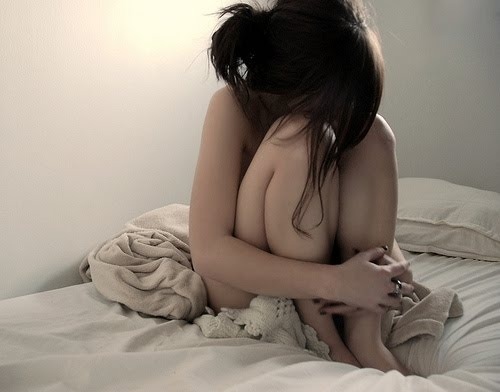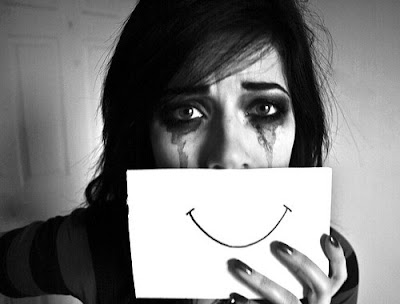Depressed girls suffer the most
For the first time researchers have studied the kind of physical pain that troubles adolescents with different mental health problems.
Professor Marit Sæbø Indredavik at the Norwegian University of Science and Technology (NTNU) thinks that everyone working in the health care system, from medical doctors to psychologists, must be more aware of the chronic pain that can plague young people with mental health woes.
From anxiety to ADHD
The researchers gave a questionnaire to 566 teenagers between 13 and 18 years old, all of whom had conditions ranging from ADHD and depression to anxiety, eating disorders and a range of autistic disorders.
The teens were asked whether or not they had physical pain, and if so, what kind of pain and where it was located. All the youths were participants in a larger health survey conducted by St Olavs Hospital in Trondheim, Norway from 2009-2011.
Seven out of ten answered that they suffered from chronic pain. Among depressed adolescents, the percentage was even higher, with eight out of ten reporting chronic pain, most often musculoskeletal pain. Girls reported having pain more often than boys, no matter their mental health diagnosis.
Must be treated concurrently
 ” These numbers are so high that the entire support system for children and adolescents needs to be made more aware of the link between physical pain and psychiatric disorders. Physical pain is most common among young people who have conditions such as anxiety and depression, where they tend to be more focused on their problems. This is not a surprise, but it is a clear signal that we need to keep this in mind when treating mental health problems,” says Indredavik.
” These numbers are so high that the entire support system for children and adolescents needs to be made more aware of the link between physical pain and psychiatric disorders. Physical pain is most common among young people who have conditions such as anxiety and depression, where they tend to be more focused on their problems. This is not a surprise, but it is a clear signal that we need to keep this in mind when treating mental health problems,” says Indredavik.
Indredavik is one of the main contributors to the survey, along with PhD candidate Wenche Langfjord Mangerud at NTNU. They both work at NTNU’s Regional Centre for Child and Youth Mental Health and Child Welfare. Mangerud emphasizes that physical pain and mental conditions cannot be treated separately.
Hard to cure
“Both anxiety and depression on their own can decrease the quality of life for these adolescents. Now we see that they also suffer from chronic pain. To treat anxiety in a positive way, physical pain must also be treated and vice versa. It is important that treatment in their younger years be effective, so that these problems don’t continue into adulthood, as they unfortunately often do,” says Mangerud.
 She emphasizes that the health care providers must at the very least find out if adolescents also have physical pain. If they do they must receive the right treatment. Their medical doctors should work with physiotherapists.
She emphasizes that the health care providers must at the very least find out if adolescents also have physical pain. If they do they must receive the right treatment. Their medical doctors should work with physiotherapists.
“Unfortunately there are too few physiotherapists working in child and adolescent psychiatry, but you can find them elsewhere in the health care system. It is important that the health care providers work more closely so that both body and mind are taken care of,” says Indredavik.
Mangerud will now study physical activity among adolescents with mental health problems, compared to adolescents who are free from these disorders.
###
The article describing this research was published in BMC Psychiatry and is entitled: Chronic pain and pain-related disability across psychiatric disorders in a clinical adolescent sample, by Wenche L Mangerud, Ottar Bjerkeset, Stian Lydersen and Marit S Indredavik.
###
Wenche L. Mangerud
wenche.l.mangerud@ntnu.no
47-735-51505
Norwegian University of Science and Technology